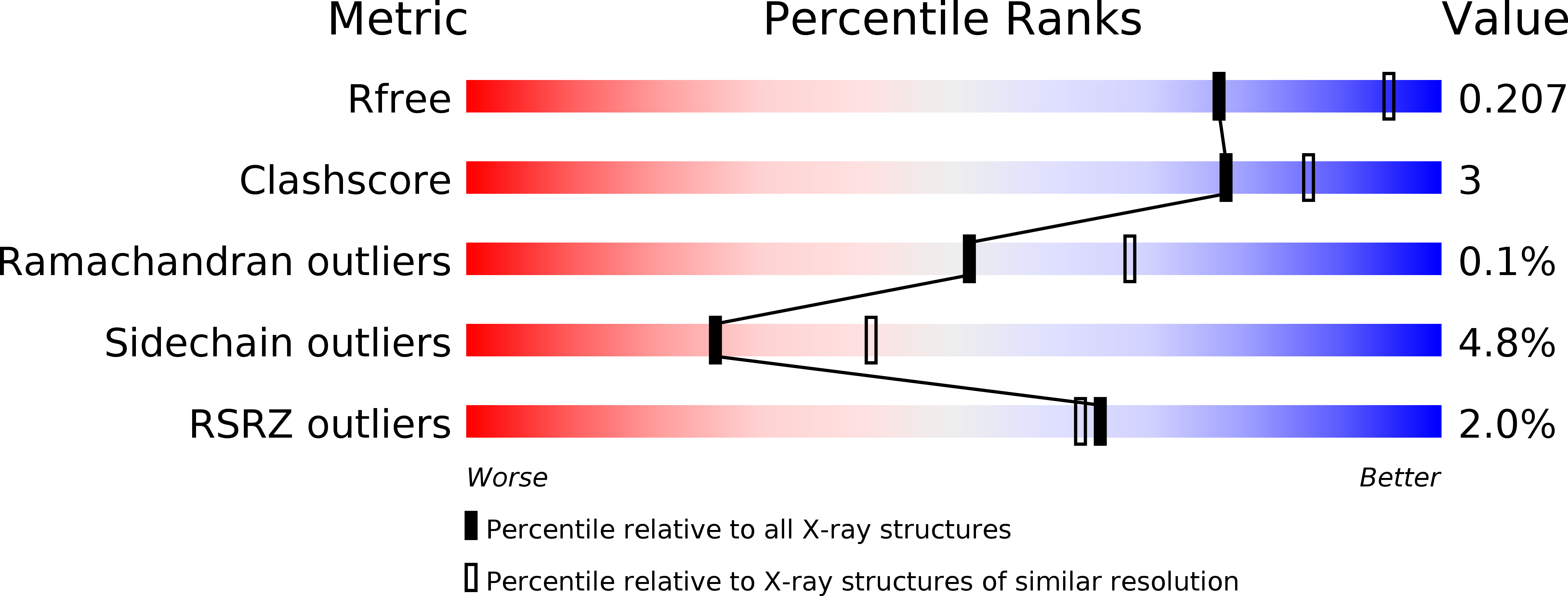
Deposition Date
2007-07-17
Release Date
2008-06-03
Last Version Date
2023-11-15
Entry Detail
PDB ID:
2QN1
Keywords:
Title:
Glycogen Phosphorylase b in complex with asiatic acid
Biological Source:
Source Organism:
Oryctolagus cuniculus (Taxon ID: )
Method Details:
Experimental Method:
Resolution:
2.40 Å
R-Value Free:
0.20
R-Value Work:
0.17
R-Value Observed:
0.18
Space Group:
P 43 21 2


